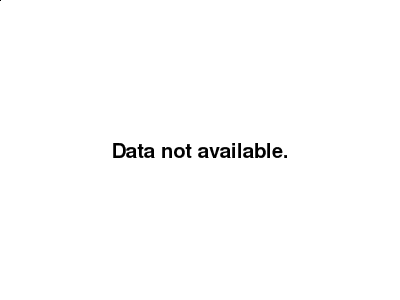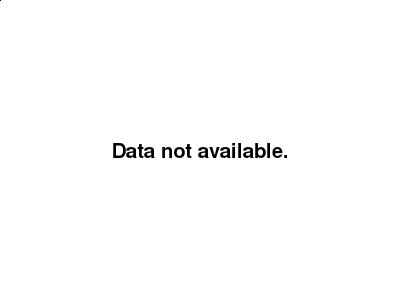Global oil inventories rose for the first time in January as the market grappled with a swell in production last year, but if OPEC maintains its output cuts, demand should overtake supply in the first half of this year, the International Energy Agency said on Wednesday.
The IEA’s monthly report struck a more bullish note than that issued by the Organization of the Petroleum Exporting Countries on Tuesday.
OPEC also flagged rising inventory levels, but raised its estimates for production outside the group and did not see a rebalancing between supply and demand until the second half of this year. [OPEC/M]
The IEA said crude stocks in the world’s richest nations rose in January for the first time since July by 48 million barrels to 3.03 billion barrels, more than 300 million barrels above the five-year average.
“The actual build in OECD stocks in January reminds us that it may be some time before global stocks start to fall,” the agency said.
The increase is the product of “relentless” supply growth in the latter stages of last year, particularly from OPEC countries that pumped at record levels, and from the U.S. shale oil basin, where drilling activity began picking up 10 months ago.

Compliance by OPEC with its agreed output cut of 1.2 million barrels per day in the first half of this year was 91 percent in February and, if the group maintains its supply limit to June, the market could show an implied deficit of 500,000 bpd, the IEA said.
“If current production levels were maintained to June when the output deal expires, there is an implied market deficit of 500,000 bpd for 1H17, assuming, of course, nothing changes elsewhere in supply and demand,” the IEA said.
“For those looking for a re-balancing of the oil market the message is that they should be patient, and hold their nerve.”
In its October report, before the November agreement between OPEC and some of its competitors including Russia, Mexico and Kazakhstan to limit output, the IEA warned the market risked running into a third successive year of excess supply without any action from the producer group.
SAUDI OUTPUT UP, BUT NO QUOTA-BUSTING
Within OPEC, Saudi Arabia has shouldered the burden of the production cuts, offsetting poorer compliance by other nations.
In February, Saudi oil production staged a monthly rise of 180,000 bpd, but at 9.98 million bpd, its output remained below its agreed target of 10.06 million bpd and, according to tanker-tracking data, Riyadh is focusing its cutbacks on North America, the IEA said.
“At 32.3 million bpd, the call on OPEC crude during the first quarter of 2017 is higher than average output of 31.9 million bpd so far this year, which could lead to a draw in global inventories,” the IEA said, adding that it was not clear if the group will extend its supply agreement.
“Beyond the nervousness about this legacy supply and concerns about rising production today from some non-OPEC countries; the implementation of the OPEC production agreement appears in February to have maintained the solid start seen in January.”

Beyond OPEC, oil production rose 90,000 bpd in February, as increasing U.S. output offset declines elsewhere.
Compared with last year, total non-OPEC supply was 285,000 bpd lower, of which the United States accounts for roughly half, the agency said.
“The recovery path of U.S. tight oil is key to rebalancing the oil market over 2017, so is the compliance of the 11 non-OPEC countries that agreed to curb output,” the IEA said.
The IEA left its estimate of global demand growth unchanged from its last report at 1.4 million bpd in 2017.
“The market is still dealing with a vast amount of past supply, which will take time to work its way through the system. Meanwhile, demand growth has not provided any further encouragement after three consecutive months when we upgraded our estimates,” the IEA said.
Content is for general information purposes only. It is not investment advice or a solution to buy or sell securities. Opinions are the authors; not necessarily that of OANDA Business Information & Services, Inc. or any of its affiliates, subsidiaries, officers or directors. If you would like to reproduce or redistribute any of the content found on MarketPulse, an award winning forex, commodities and global indices analysis and news site service produced by OANDA Business Information & Services, Inc., please access the RSS feed or contact us at info@marketpulse.com. Visit https://www.marketpulse.com/ to find out more about the beat of the global markets. © 2023 OANDA Business Information & Services Inc.


